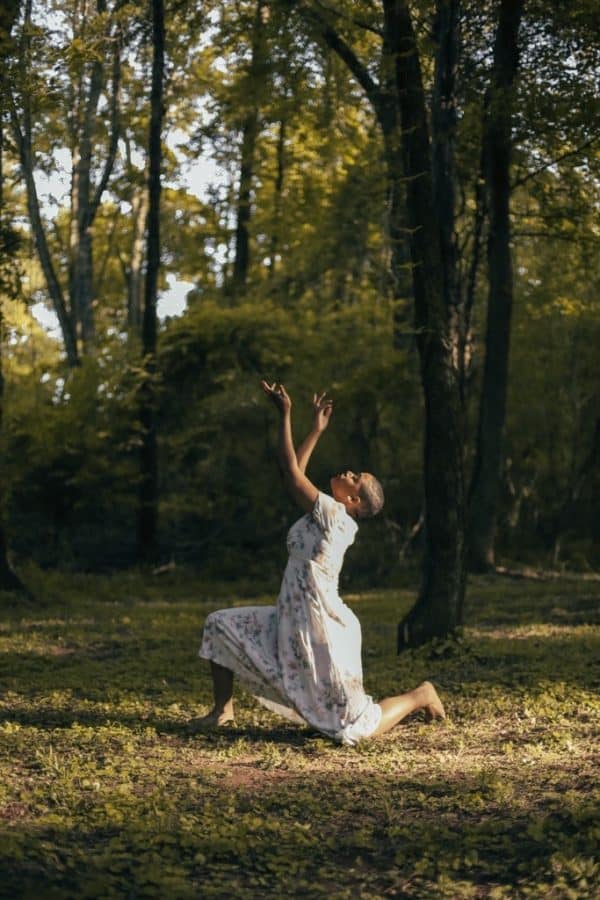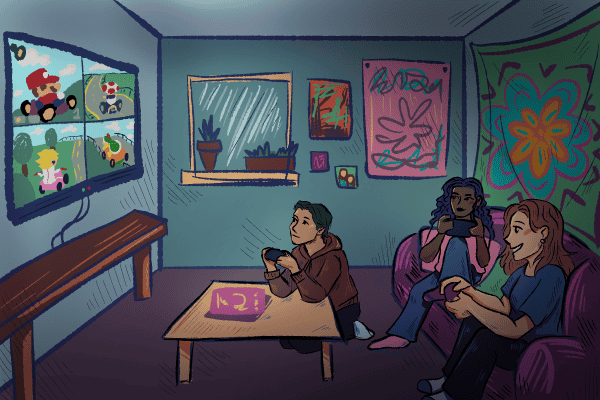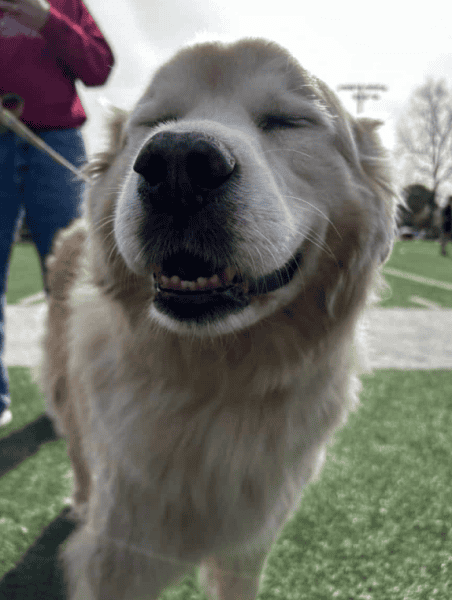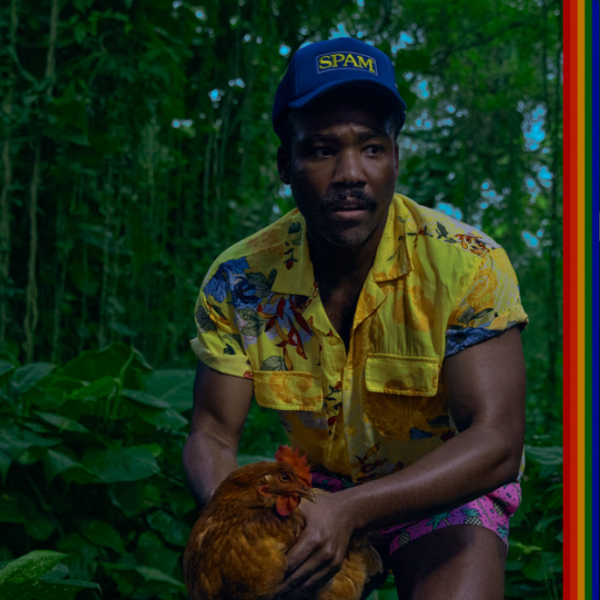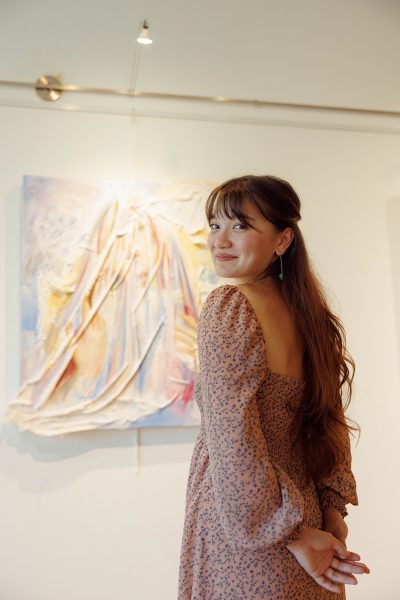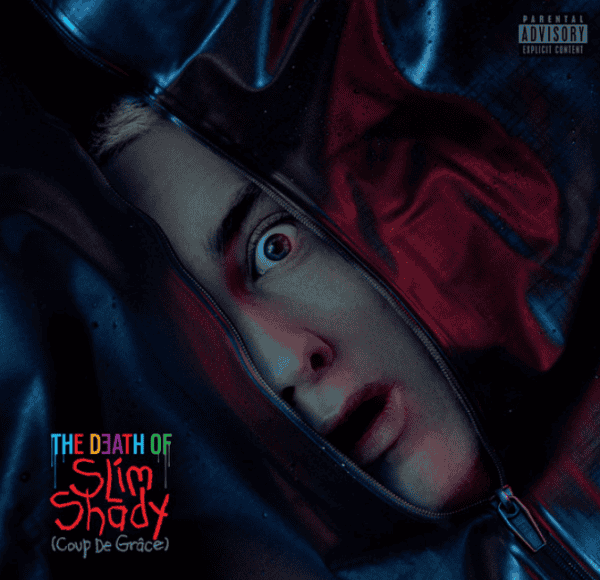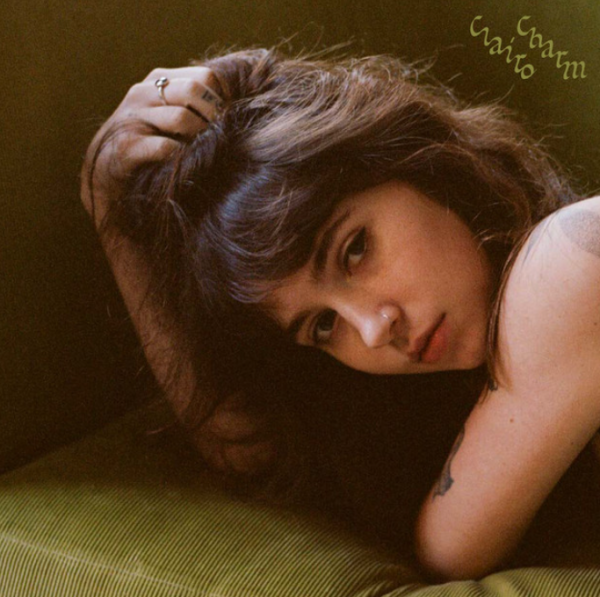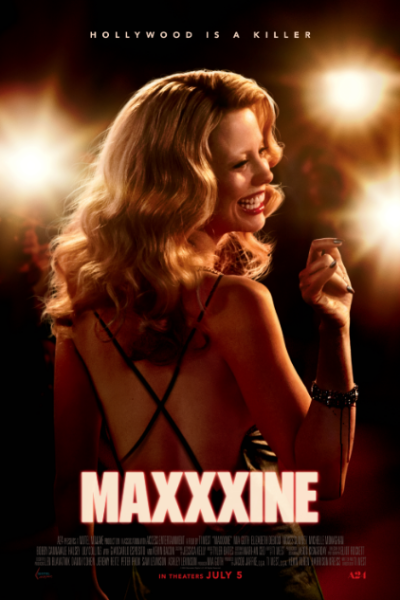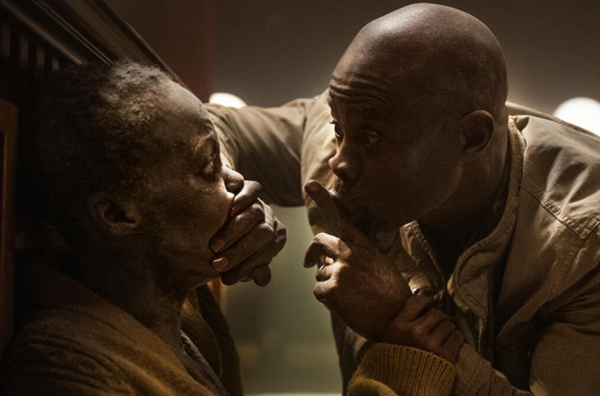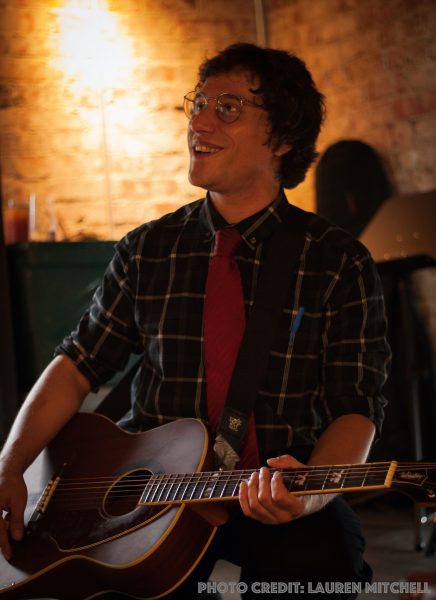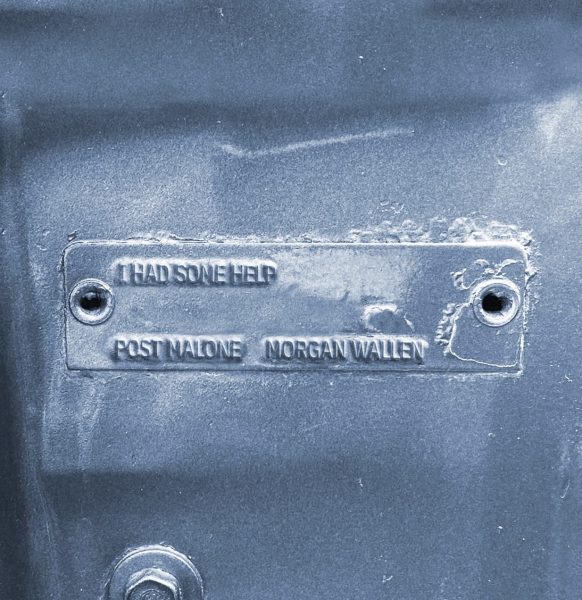University of Alabama Alumni Profile: Eryn Cade
September 21, 2022
Elegant lines and flowing movements mesh into each other as the dancer takes the stage. Grace ebbs and flows out of her, creating a story with nothing but her body’s movements. Eryn Cade, a lifelong dancer, knows how to use her artistry to captivate an audience, evoking emotion and daring them to change their perceptions.
Cade is a second year Master of Fine Arts dance candidate and has been dancing since she was five years old. She received her Bachelor of Arts in dance at The University of Alabama, and she is currently teaching jazz classes for non-majors at the University.
Cade recently choreographed “SILK,” a dance movement piece that “addresses female sensuality and [is] cultivated from expressing radical self-love.” A documentary was put together showcasing Cade and her team’s creative process and what went into creating the piece.
“As long as I can remember, dance has been my passion,” Cade said. “I realized that I wanted to do it for real when I was seven. I feel like my path has already been made and now I am just walking it.”
Training has been a major part of that path. Cade has trained at many institutions across the country, including the American Ballet Theater, the Radio City Rockettes, and the Debbie Allen Dance Academy. She has performed different dance genres, including, but not limited to, ballet, jazz, modern and hip-hop. Dance, for Cade, is about expression and storytelling.
“The most fulfilling part of dance for me is the ability to express myself in multiple states of mind,” Cade said. “There also is the ability to express what is going on in the world instead of ‘Oh, it’s just for me!’ Sometimes it is just for me, and sometimes it is something that needs to be said for those who cannot express themselves. The biggest plus is freedom of expression.”
Eryn Cade has been affiliated with The University of Alabama’s dance program since she was in middle school through dance camps and summer intensives. The University’s dance program pushes training and puts on multiple performances a year, creating many opportunities for their dancers. Through that, Cade has had her eyes opened to the diverse job opportunities for those who wish to pursue a career in dance.
“I feel like the biggest takeaway from UA dance is that, if you do not see an opportunity that is out there already for you, you can make your own,” Cade said. “Just the idea that it is not just about training to be a performer. You can be your own boss. You can start your own company. They teach us agency here in a way that other programs do not.”
Cade has a professional portfolio that is available for viewership on her website. There, she displays different pieces she has choreographed, a biography of herself and her career thus far, along with journal entries and rehearsal logs.
The website is also home to Cade’s manifesto, where she explains who she is, what she has done and her goals for the future. There, she describes herself as “a Black woman, a giver and a free spirit, and a knowledge seeker.”
Dancing has not always been an easy road for Cade. Ballet, in particular, was a turning point in her career.
“Ballet has a specific mold and aesthetic,” Cade said. “Tall, slender, long neck, small feet — and I was like ‘Well, I am tall, but I am also curvy. I am Black, and my hair is natural.’ Ballet had a lot of factors that told me ‘We do not want you.’”
Treading against the norm is not where the adversity stopped between Cade and ballet.
“I had an experience when I was in high school and at the time, I had locs,” Cade said. “I was an understudy and the lead dancer got hurt. I get in rehearsals, and I start to mesh with the current cast and one day after we were done, I got pulled aside and essentially was told that I could not return to school with my dreadlocks. It was a life changing moment for me because it was the first time I directly was faced with racism in dance.”
Ballet and its challenges did not stop Cade, but they were a testament for pushing through the harsh realities that Black women have to go through.
“It taught me structure and it gave me discipline. It gave me a sense that I could do anything I wanted to if I put my mind to it, regardless of what people say about me or people that look like me. I can do it because I said I can do it,” Cade said.
In the research dissertation portion of “SILK,” Cade said that the piece is about the constant policing and devaluing of Black women’s bodies.
“In my dissertation, I argue through qualitative research and my lived experience, radical self-love, honesty and authenticity will help Black women reprocess, rebuild, and reclaim relationships with their bodies,” Cade said. “These conversations are meant to challenge social norms for body image in an attempt to humanize Black women in America.”
Not only is Cade a dancer, but she is also an instructor. She started out as a freelancer with no company or studio attached to her name before completing her bachelor’s degree, and she taught contemporary dance and stiletto heel classes to her friends, as well as teaching hip-hop at Dancers for Life in Tuscaloosa, Alabama, and contemporary at her alma mater, the Alabama School of Fine Arts in Birmingham.
Teaching has brought fulfillment to her dance career, especially when she sees herself in her students.
“My favorite thing about teaching is when I see the underdog get it,” Cade said. “I have this thing where I befriend the underdog because I used to feel like that. I have a tender spot in my heart for underdogs, for social outcasts and when I can reach them through something relevant to them and they get it and feel seen — I get fireworks in my heart.”
Cade hopes to one day own her own dance studio and become an artistic director. She said she feels like there is no dead end when it comes to opportunities in dance careers.
“There are so many possibilities besides being on the stage,” Cade said.
Cade also wants to work with those she looks up to and “provide insights into the perception of Black people.” One of her biggest goals is changing the way people perceive certain things, such as vulnerability, emotions and Black women’s bodies.
Cade exemplifies that statement by being a multi-faceted artist, dedicated to the deconstruction of harmful societal standards and the journey to discover her most authentic self.

